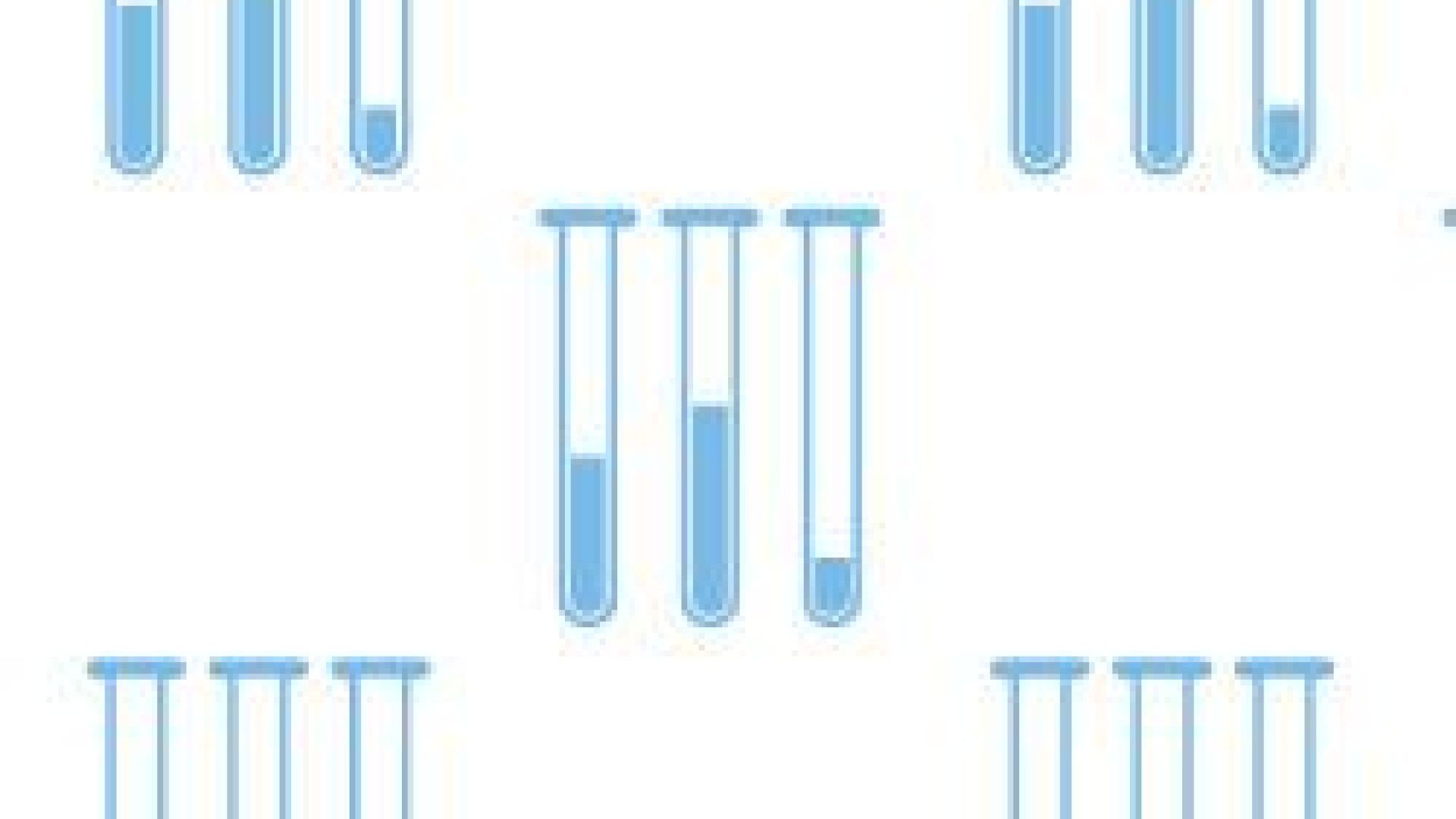Question of the Day: What Is An Emollient?
You hear the word Emollient often but are not sure what it means.
As it pertains to hair care, emollients for hair “are usually hydrophobic oils that form films on the surface of the hair, where they often act as anti-humectants or sealers,” according to Curl Chemist Tonya McKay. “They are lubricants and provide increased slip (decreased drag”> between adjacent hair strands, which makes detangling much easier.
They also reduce tangling in general by smoothing and flattening the cuticle surface, which can also add shine and gloss to the hair. The best ones impart a soft, silky feel to tresses, while lesser ones may weigh it down or make it feel greasy.
Some emollients can penetrate the interior structures of the hair and act as plasticizers, improving elasticity, toughness, and suppleness.” Need to know the difference between a skin emollient, hair emollient, and a hair conditioner? Check out the full article here.
The emollient esters for hair
- Butyl myristate
- Butyl stearate
- C12-15 Alkyl Benzoate
- Caprylic/capric triglyceride
- Cetyl octanoate
- Cetyl stearate
- Cetearyl stearate
- Decyl oleate
- Dimethyl Lauramine Isostearate
- Glyceryl Stearate
- Glyceryl adipate
- Glyceryl arachidate
- Glyceryl arachidonate
- Glyceryl behenate
- Glyceryl caprate
- Glyceryl caprylate
- Glyceryl caprylate / caprate
- Glyceryl citrate / lactate / linoleate / oleate
- Glyceryl cocoate
- Glyceryl Di-Arachidate
- Glyceryl Dibehenate
- Glyceryl Di-Erucate
- Glyceryl Di-Hydroxystearate
- Glyceryl Di-Iso Palmitate
- Glyceryl Diisostearate
- Glyceryl Dilaurate
- Glyceryl Dilinoleate
- Glyceryl Dimyristate
- Glyceryl Dioleate
- Glyceryl Dipalmitate
- Glyceryl Di-Palmitoleate
- Glyceryl Di-Ricinoleate
- Glyceryl Distearate
- Glyceryl Erucate
- Glycol stearate
- Isocetyl stearate
- Isopropyl Myristate
- Isopropyl palmitate
- Isopropyl stearate
- Isostearyl stearate
- Octyl palmitate
- Octyl stearate
- Propylene Glycol Dicaprylate/Dicaprate
- Sorbitan benzoate
- Sorbitan caprylate
- Sorbitan isostearate
- Sorbitan laurate
- Sorbitan Tristearate
- Stearyl stearate
- Tocopheryl linoleate

